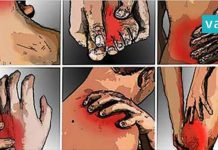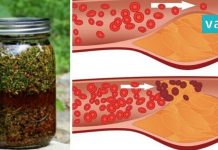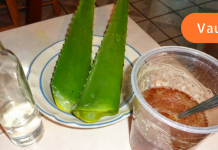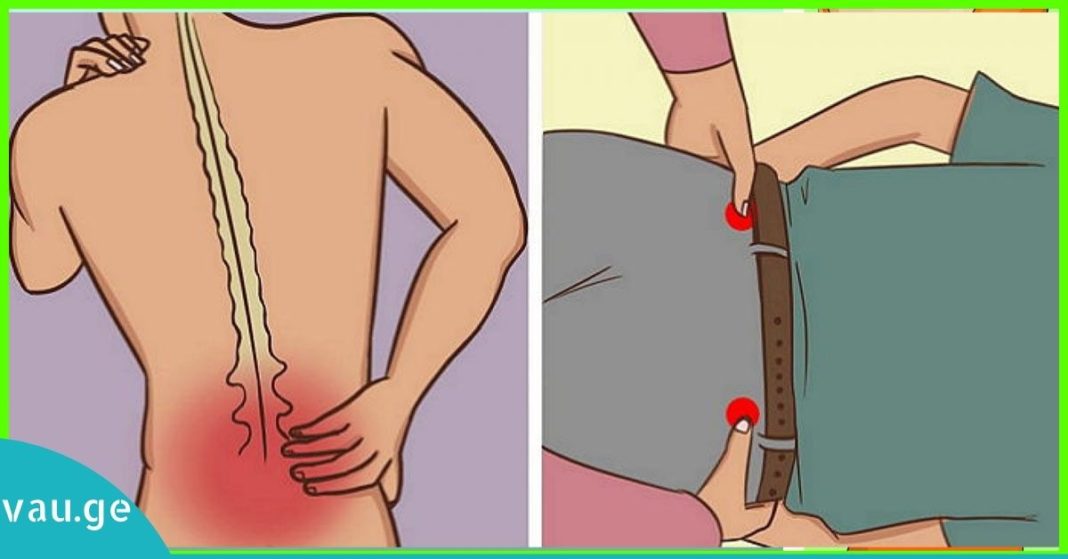Back pain is a common issue that almost everyone will experience at some point in life, regardless of age or physical condition. While it may appear suddenly or develop gradually, back pain can interfere with everyday tasks and greatly reduce quality of life.
Common Causes of Back Pain
There are numerous potential causes of back pain, ranging from lifestyle choices to more serious medical conditions. Here are some of the most frequent causes:
- Musculoskeletal changes: These include strained muscles, ligament sprains, and injuries to the spinal joints. They are often caused by sudden movements or improper lifting techniques.
- Prolonged static load: Sitting for long periods, such as during desk jobs, can place chronic stress on the lower back, especially when combined with poor posture or lack of regular physical activity.
- Excess body weight: Being overweight increases pressure on the spine and can accelerate the wear and tear of spinal structures.
- Repetitive physical labor: Performing the same movements repeatedly or lifting heavy objects improperly can lead to back strain or chronic conditions.
- Metastatic spinal tumors: Though rare, cancerous growths that spread to the spine can cause persistent and severe pain.
- Inflammatory or infectious diseases: Conditions such as arthritis or spinal infections can inflame tissues, leading to discomfort.
- Congenital or acquired joint pathologies: These include structural issues of the spine that are present at birth or develop later in life, such as scoliosis or herniated discs.
- Radiculopathy (sciatica): When a nerve root in the spine becomes compressed, it can cause pain that radiates through the lower back, buttocks, and legs.
- Mental health factors: Chronic stress and depression can exacerbate the perception of pain and even lead to physical tension that causes real discomfort.
These causes are among the most frequently reported in clinical practice and can vary significantly in severity and duration.
Lower Back Pain – A Widespread Problem
Lower back pain is especially prevalent. It is estimated that nearly everyone will experience some form of lower back pain at least once in their life. According to global health statistics, lower back pain is the second most common reason people seek medical attention, ranking just behind the common cold. For the past two decades, it has remained the leading cause of work-related disability worldwide.
Natural Remedies for Back and Lower Back Pain
In addition to professional treatment, many individuals turn to time-tested home remedies that are believed to offer relief, especially for mild to moderate pain. Here are some popular and natural methods to help reduce back pain symptoms:
- Salt Compress
Dissolve 100 grams of coarse salt in 1 liter of boiling water. Soak a piece of gauze or cotton cloth in the warm solution, then apply it to the painful area before going to bed. Cover it with a warm scarf or towel to keep the area heated throughout the night. - Honey Massage
Massage warm honey into the lower back area and cover it with a warm piece of cloth. Honey is believed to have anti-inflammatory properties and can also improve blood circulation in the muscles. - Eucalyptus Tincture Massage
Rub the painful area with eucalyptus tincture (available in pharmacies), then wrap the area with a warm scarf. Eucalyptus has natural pain-relieving and anti-inflammatory effects. - Garlic and Lemon Juice
Crush one whole head of garlic and squeeze out the juice. Mix it with the juice of one lemon. Gently rub the mixture into the lower back or any other painful area, then wrap with a warm scarf. The natural compounds in garlic and lemon are said to help reduce inflammation and relieve tension. - Beet and Kerosene Compress
Wash and dry a medium-sized beet thoroughly. Grate it (with the peel) and strain through a cloth to extract the juice. You can drink the juice for its nutritional benefits. Mix the remaining pulp with one tablespoon of aviation kerosene (note: this is a traditional remedy and should be used with extreme caution). Spread the mixture evenly on a gauze pad and apply it to the painful area before bed. Place a layer of cloth between your skin and the compress to prevent burns, cover with plastic wrap, and insulate with a warm scarf. By morning, you may feel significant relief—sometimes even after a single application.
Final Note
While natural remedies can be helpful in relieving minor back pain, persistent or severe pain should always be evaluated by a healthcare professional. Some underlying conditions may require medical treatment, physical therapy, or lifestyle changes. Always use caution when applying unfamiliar substances to your skin, and discontinue use if irritation or allergic reactions occur.
Taking care of your back through proper posture, regular physical activity, weight management, and stress control is essential to maintaining a pain-free life.


















